MedievalReporter.com
Covering history's most marvelous millennium
Join our newsletter!

Covering history's most marvelous millennium
Covering history's most marvelous millennium
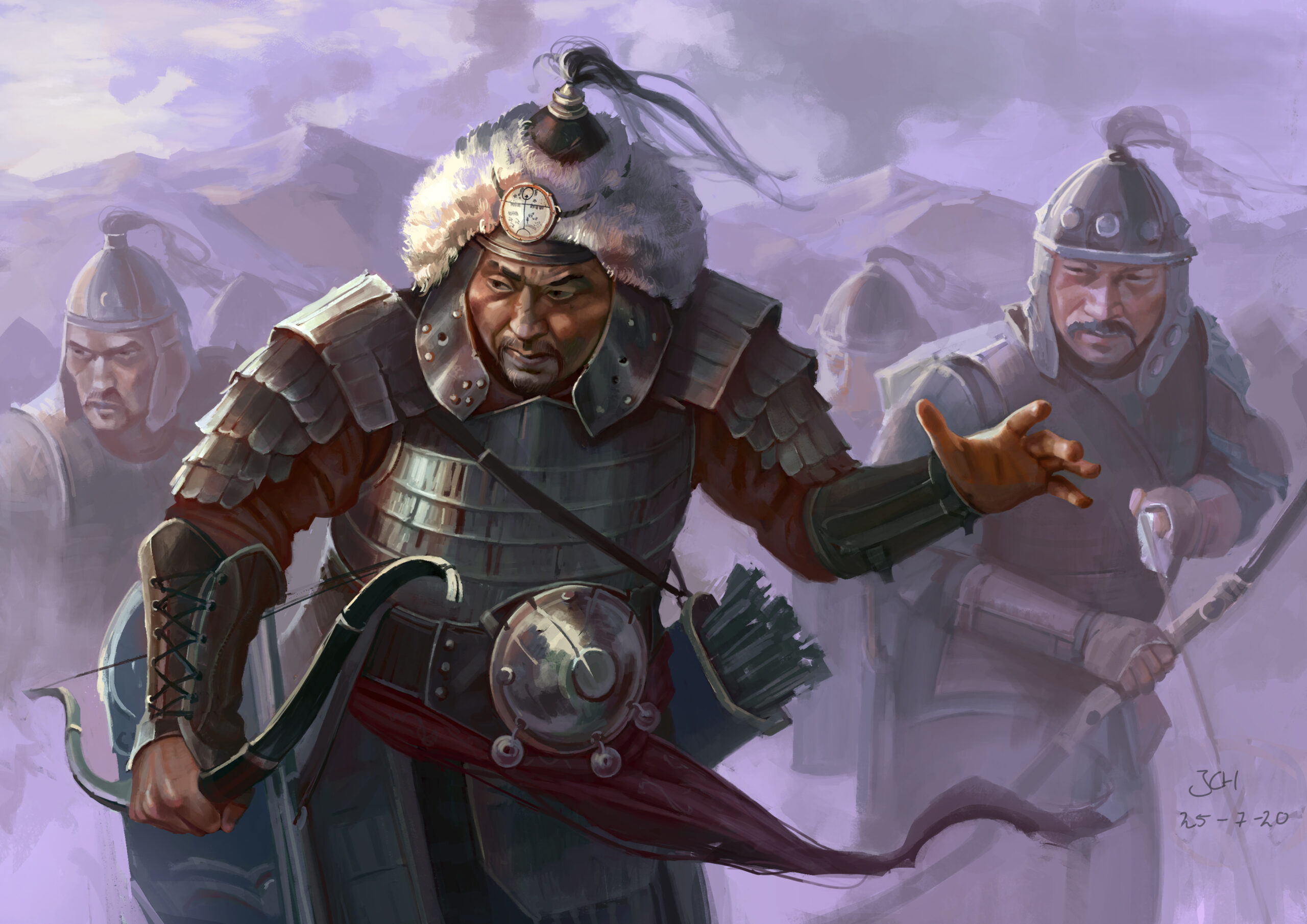
Chinese diplomats often traveled to the tribes north of their Empire. Especially the forest clans of Manchuria, to the northeast, could count on frequent visits by these emissaries. The dignitaries spoke with clan leaders, tried to negotiate a tribute sum, and enjoyed their hospitality.
And enjoy they did: it was Manchurian custom to “serve” visitors unmarried girls and women – a practice called guest prostitution. No wonder the emperor’s ambassadors visited this region over and over again. But these men soon bit off more than they could chew.
They started lusting after married women as well, a grave insult to the clans. By failing to control their sexual desires, the diplomats were playing with fire on their empire’s borders. As it happened, their behavior would soon cause these borders to move.
Grab a short intro to the Chinese dynasties from our Medieval Guidebook.
Around the year 1100 CE, Northern China was under the control of the semi-Siberian Khitans. They had skillfully exploited the decline of the mighty Tang Empire, which had ruled over most of China during the Early Middle Ages. Whereas the Tang had been of Han descent (China’s ethnic majority), now the foreign Khitans ruled over the Han Chinese living in the country’s north.
The Khitans had founded a dynasty called the Liao. Its territory stretched from the forests of Manchuria in the east to the steppes of eastern Kazakhstan in the west. Meanwhile, the south of China was ruled by the (ethnically Han) Song dynasty, who simply called the north the “Khitan Empire” – refusing to officially acknowledge the Liao dynasty.
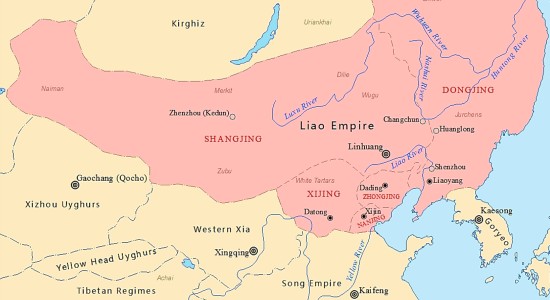
Whilst China was split in two like this, the Khitans always felt like imposters. Although they tried to sinicize (=become Chinese) as much as they could, they knew that the Han living under their rule accepted the Khitan Liao dynasty, but would never come to respect it. Consequently, the Khitans looked elsewhere for support of their regime and sent embassies all over the world.
Manchuria was one of the places frequently visited by the diplomats sent forth by the Khitan/Liao emperors. In the region’s south, on the border with Korea, there lived a collection of clans called the Jurchens. The imperial court tried to woo them by sending many envoys their way, bearing gifts.
The Chinese dignitaries loved going on missions to this area, as it meant they could enjoy the broad Jurchen definition of hospitality. The Jurchen clans would provide the visiting messengers with female “companions” for sex. Not a bad way to serve the emperor, these agents reasoned.
– advertisement –
– article continues below –
Under the Liao emperor Tianzuo (r. 1101-1125), expeditions to the Jurchens started to escalate. An increasing number of Khitan ambassadors frequented the Manchurian forest clans. And, rather than doling out Tianzou’s generosity, these emissaries took, and took, and took.
The Jurchens were initially comfortable with providing their visitors with guest prostitution because the custom was strictly circumscribed. Only unmarried women could be “employed” in this way, and only if they wanted to. Because many Jurchen girls thought – or pretended to think – that this was an honorable way to serve their clan, there was never really a shortage of female companions for intrepid delegates.
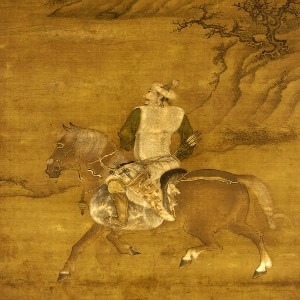
But for the Khitan envoys, this wasn’t enough; they wanted more. They started going after the married women as well, including the wives of several clan leaders. And, with the genie out of the bottle, these “romantic” attempts quickly turned to assault and rape.
Unsurprisingly, the violation of the Jurchens’ ancient tradition of hospitality completely undermined the diplomatic objectives of these missions. As mighty as the Khitans had become – conquering the north of China and all that – no self-respecting Jurchen clan leader could accept such an affront.
In 1112, emperor Tianzuo himself visited Manchuria and the Jurchen clans. Whereas some Jurchen leaders had expected that they could now officially complain to him about the conduct of his spokespeople, their hopes soon vanished. Adding insult to injury, Tianzuo ordered the clan leaders to dance for him – a humiliating ceremony meant to underline the subject status of the Jurchens.
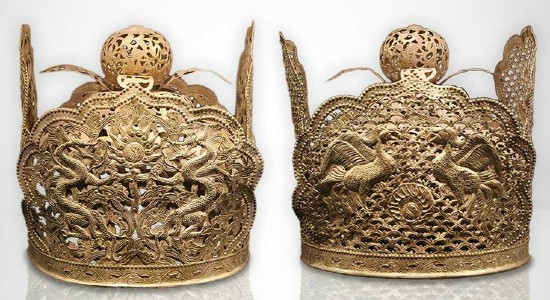
As it happened, the Jurchens were indeed the inferior party here: the military might of the Khitan/Liao empire was overwhelming. For now, the forest clans could only accept the exploitative and offensive behavior of both emperor and his subordinates. But resentment over the Khitan oppression quickly boiled over.
One Jurchen declined to dance during the emperor’s visit and had left the sobering spectacle posthaste. His name was Aguda, and – using the anger of the clans to his advantage – he quickly rose to the top of Jurchen society. He immediately set in motion his great plan of taking revenge for the abuse of their women.
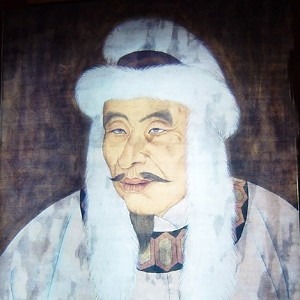
Aguda knew his clans were unable to seriously threaten the Khitan military in the open field. So he decided to change the balance of power. He sent a flurry of diplomatic missions to the Song, who ruled China’s south and were enemies of the foreign Khitans.
Since ancient times, the Han Chinese had preferred setting one “barbarian” group against the other – divide et impera, if you will. Now the (Han) Song were presented with another excellent opportunity to do just so. By fanning the flames of Aguda’s grievances, they could incite the barbarian Jurchens to revolt against the barbarians they hated the most: the Khitans.
In 1115, only three years after his official visit to Manchuria, emperor Tianzuo found himself between a rock and a hard place. The Song threatened to invade him from the south, while the Jurchens were now in open rebellion against him. Aguda even had himself declared emperor in Manchuria!
Preferring the devil he knew over the devil he didn’t, Tianzuo ordered his Khitan armies to focus on deflecting the Song first. Whereas this worked out pretty well, it also left his northern border lightly defended. The Jurchens duly proceeded to take town after town, adding weight to Aguda’s claim to the throne.
Switching strategies, Tianzuo at last assembled a large force and marched north, towards Aguda. But before he could strike at the Jurchens, a conspiracy to remove him from power came to light. Whilst the emperor had to deal with this, executing over 200 nobles and enslaving their families, the offensive faltered.

Tianzuo scurried back to the safety of the capital and appointed a new commander to lead the Jurchen war. This man, however, was so ineffective that he caused more civilian casualties than Jurchen deaths. Morale in the imperial camp dropped to an all-time low. When the Jurchens counter-attacked in 1117, the Liao army melted away. Aguda quickly overran the rest of Manchuria.
The Khitans were losing control of the north. More coups ensued. Tianzuo’s second wife conspired to depose him, but this plot was also discovered in time. The emperor forced her to commit suicide.
With the Khitans at each other’s throats, many of their vassals predictably jumped ship. More and more of Tianzuo’s bannermen left the lost cause of the Liao and joined Aguda instead. The Khitan Empire was at the precipice; the Jurchens only needed to give the final push.
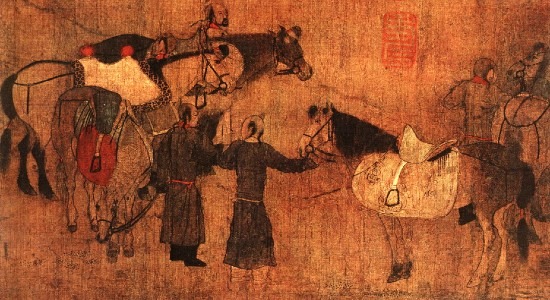
Now that even his wife had schemed against him, the capital was no longer safe for Tianzuo. He fled to the west of China, where the Tibetan Tanguts ruled an empire called Xi Xia (“Western Xia”). The Tanguts, frightened by the rapid advance of the Jurchens, welcomed the Khitan emperor.
They even sent an army to beat back Aguda, but it was rapidly defeated. Aguda then started sending threatening messages to Western Xia. He claimed to have no quarrel with the Tanguts but would seek war if they refused to extradite Tianzuo.
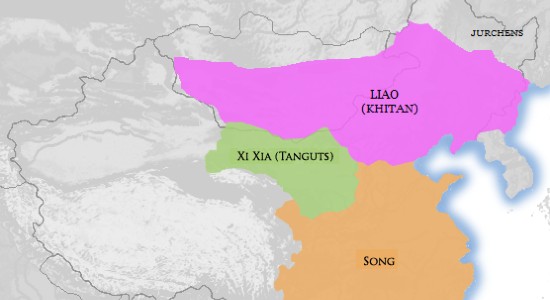
This terrified the Xia emperor, who swiftly declared himself a vassal of Aguda. Tianzuo had heard enough and immediately fled north, onto the Mongolian steppe. Desperate to the point that he even traded his clothes for food, Jurchen forces eventually found him and took him into custody.
The Liao dynasty had officially fallen; a new dynasty was now in place: while Aguda had died in the meantime, his younger brother now ruled China’s north. The Jurchens called their dynasty the Jin Dynasty. It would rule until the Mongols invaded China proper.
The alliance between the Jurchen Jin and the Han Song to the south soon broke down, now that the Khitan Liao were no longer their common enemy. A long war between them broke out, but eventually the Song had to accept the Jin as the new overlords of northern China. As much as they had dreamt of the collapse of the foreign Khitan “occupation” of the Han Chinese living in the north, it had only been replaced by another “barbarian” dynasty.
– advertisement –
– article continues below –
During the Jin-Song war, the Jurchens managed to capture a Song emperor as well. This prisoner would turn out to be Tianzuo’s last opponent: the Jin emperor thought it an entertaining idea to have the two former emperors square off against each other in a polo match.
Not much is known about the details of the contest, but the Song prisoner was old and frail, and did not live to tell the tale. Judging from the result, Tianzuo was probably victorious but rather than receiving his reward, he sprinted towards a horse and tried to flee once again. He was peppered with arrows before he could make it out of the gate, however.
With Tianzuo dead, the Khitan Liao dynasty was officially no more. His empire had been plagued by many setbacks when he ascended the throne; the Jurchen rebellion was not the only cause of its downfall. But one cannot help but wonder whether his fate could have been different, if only his legates had not assaulted the married women of the Jurchens.

Disclosure: we work hard to provide you with exclusive medieval reports and guides. To make the Middle Ages accessible to everybody, we’d like this information to remain FREE. Therefore, some of the links below are affiliate links, meaning – at no additional cost to you – we will earn a small compensation if you click through.
Featured Image Credit: JoelChaimHoltzman (deviantART)
Comments are closed.
Do you’ve any email subscription link or newsletter service?
Absolutely, Chow! Here you go: https://medievalreporter.com/about/connect/